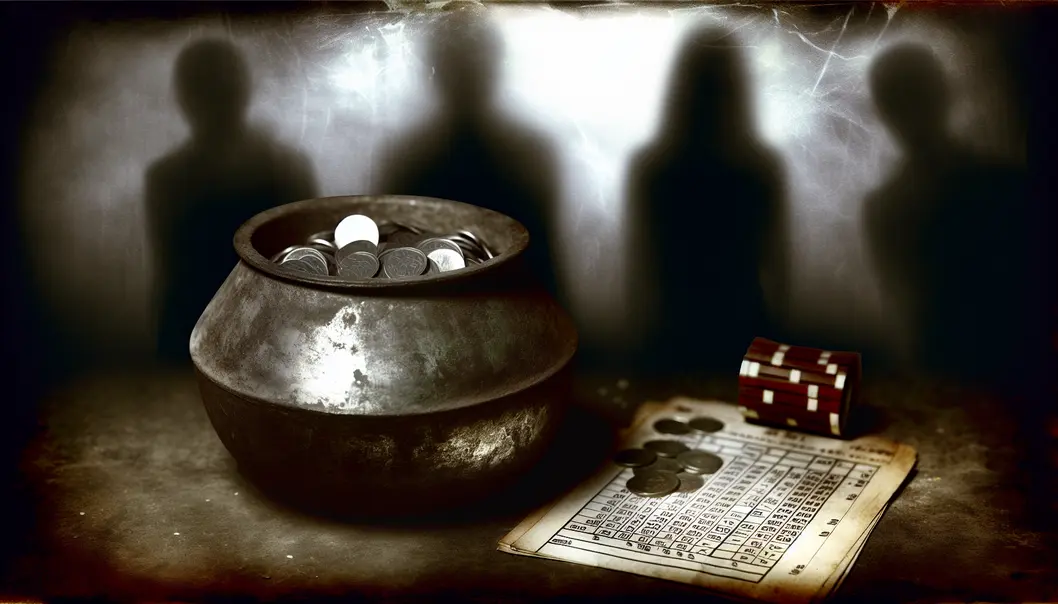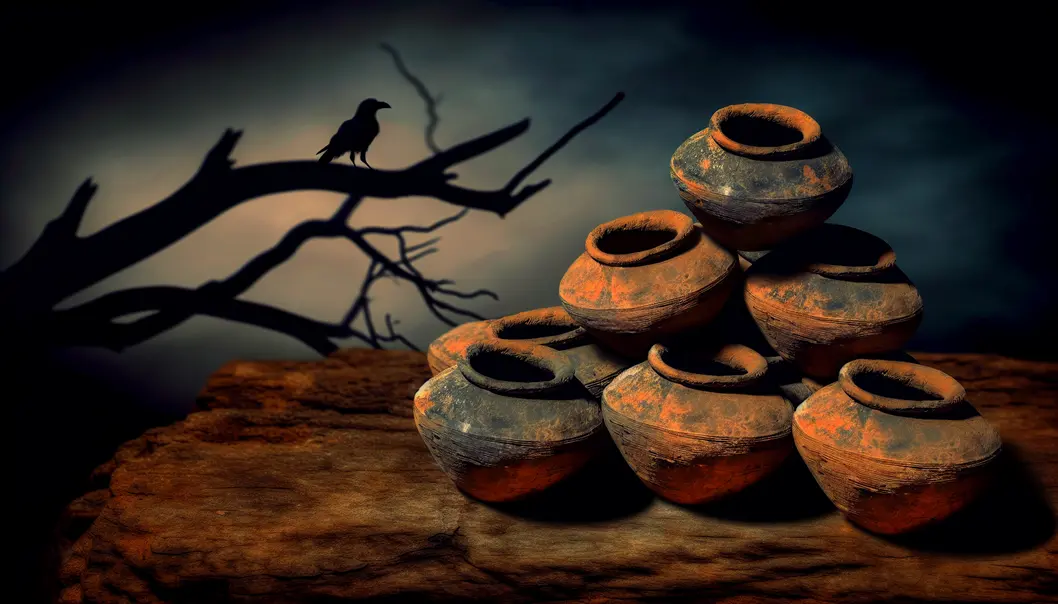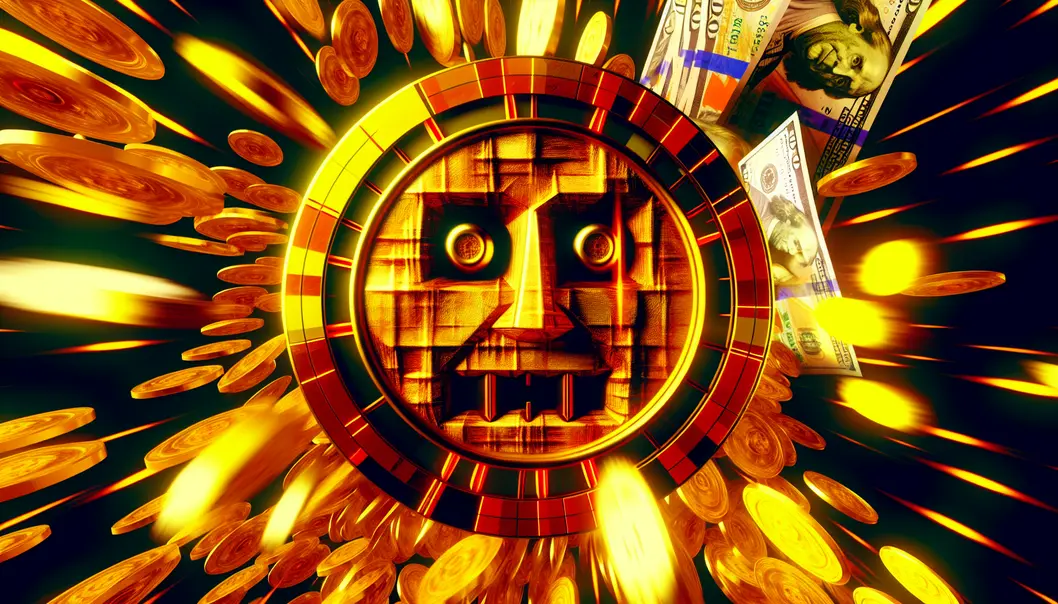Matka, originally rooted in traditional Indian gambling using clay pots, has evolved into a fast-paced game enticing high-risk takers seeking quick wealth. This article explores its historical context, diverse game types, gameplay strategies, and the modern online platforms that keep its thrill alive amidst societal debates. Each chapter provides insight into why bold players continue to chase the fleeting promise of fortune and how the game’s dynamics have transformed over time to cater to a daring, risk-loving crowd.
From Ancient Water Pots to Modern Gambling: The Evolution of ‘Matka’ in Indian Culture

The word “matka” holds a rich tapestry of meanings in Indian tradition, seamlessly blending daily life with vibrant cultural practices. Originally, a matka was an earthen vessel used for storing and cooling water, crucial in hot Indian climates for centuries. These clay pots, crafted through age-old techniques, symbolize simplicity and resourcefulness, forming an integral part of household routines across social strata¹. Over time, however, the term took on a different significance, especially in the context of betting and gambling. In the 1950s, the game known as Satta Matka emerged in Mumbai, evolving from the traditional practice of betting on cotton prices traded on international markets. This game involved wagering on numbers drawn from a matka, an earthen pot, which later became a symbolic element rather than a literal one. Despite its illegality, Satta Matka gained popularity through its association with luck and chance, convoluted into an organized underground betting network that persists even today. The game’s roots in ordinary life—utilizing the humble clay vessel—contrast sharply with the high-stakes betting it has now become. This transformation highlights how cultural artefacts like the matka can take on new meanings over centuries, from everyday utility to symbols of fortune and risk. As online platforms emerge, this traditional term has found its way into digital gambling worlds, blending history with modern entertainment. Understanding this evolution offers insight into how deeply rooted practices adapt and persist, reflecting both the cultural landscape and the enduring allure of luck in Indian society¹.
Diverse Forms of ‘Matka’ and What Makes Each Unique

Matka, as a traditional Indian betting game, has evolved into various types with distinct features that appeal to different players. These variants often reflect regional influences and betting preferences, making the game more adaptable over time. One of the most prominent is Kalyan Matka, originating from Mumbai, which is famous for its fixed draw times and structured results based on local market rates. Similarly, Mumbai Matka is closely tied to the fluctuating cotton prices from the local exchange, adding an economic dimension to the game. These market-based versions are the foundation of Matka gambling, often played at specific times during the day and night. Alongside these, betting styles within each variant include single, jodi, and panna bets, which differ in complexity and potential payouts. Incorporating features like open and close results, timed draws, and regional tweaks, each type of Matka offers a different experience for players. For instance, the Night Milan game caters to late-night enthusiasts, while Rajdhani introduces strict schedules and disciplined play. The diversity in types and features sustains the game’s popularity despite its controversial legal status in India. Understanding these variations provides insight into how Matka maintains its cultural relevance and adaptability across different communities. Many players prefer the strategic depth that these variants provide, especially with the variety of betting options and regional flavors. This ongoing evolution underscores the game’s deep-rooted presence in local gaming traditions, blending chance with regional economic themes, and making each variant uniquely appealing.
Deciphering the Play: Navigating the Rules, Strategies, and Risks of ‘Matka’

Playing Matka requires more than just picking random numbers; it involves understanding its structure, rules, and the risks involved. The game originated in Mumbai and was initially linked to cotton trading, which explains the name ‘Matka’ referring to the clay pot used to draw numbers. Today, players choose between different bet types, such as Single, Jodi, or Panna, each with its own payout and odds. Beginners often start with simple bets, selecting a digit or pair, then wait for the official draw, typically held twice a day. Placing bets involves selecting numbers before the draw time, usually through local bookmakers or online platforms, though the latter often operate in a legal gray zone. The results are announced publicly, and winnings are paid based on predefined payout rates. developing effective strategies—like analyzing past results or managing your bankroll—can help, but it’s important to remember that Matka is mainly a game of chance. The legal landscape complicates matters further; gambling laws vary across Indian states, and illegal operations pose risks such as fines and imprisonment. Therefore, responsible participation or avoiding real-money betting altogether is advised, especially if you are not fully aware of local regulations. Playing with caution ensures that you enjoy the game without falling into financial or legal trouble. While strategies can improve your chances marginally, the unpredictable nature of the game remains dominant, emphasizing the importance of responsible engagement and legal awareness in this traditional Indian betting game¹.
Digital Shift: The Impact of Online ‘Matka’ on Society and Law

The evolution of ‘Matka’ into online platforms has dramatically changed its landscape. What once was a physical game played with clay pots in Mumbai’s textile mills now operates in a secret, digital environment accessible through smartphones and computers. These online versions use complex algorithms and randomized number generators to mimic the traditional betting system, making participation easier and more anonymous for players¹. However, this shift has also led to significant risks. Despite being illegal under Indian law, the online ‘Matka’ trade persists, fueling issues like financial loss, addiction, and cybercrime². Scam platforms sometimes operate with little oversight, putting players at risk of fraud and hacking. The widespread accessibility of these platforms allows even those in remote areas to become involved, increasing the social problems linked to gambling addiction—such as family breakdowns and mental health issues. Law enforcement struggles to regulate such covert activities because of the technological sophistication of operators and the clandestine nature of the platforms. Societies are impacted through the rise of corruption, money laundering, and increased criminal networks that thrive in the shadows of online gambling. Despite attempts to curb these activities via cyber monitoring and legal crackdowns, the problem persists, demanding comprehensive strategies that address both technological and social aspects of this digital shift³. The proliferation of online ‘Matka’ underscores how the game has adapted to modern times but also highlights the urgent need for effective regulation and awareness to protect vulnerable communities from its potentially devastating consequences.
Final thoughts
Matka remains a bold, high-risk game with deep traditional roots and a modern online presence. Its variety and quick-win appeal lure daring players seeking rapid fortune despite societal and legal risks. Understanding its history, types, and gameplay offers insight into why it continues to captivate a specific community of risk-takers and high-stakes gamblers in India and beyond.
Join Vegas Casino World Today – Your Thrill Starts Here!
Learn more: https://vegas-one.com/forward-to-vegas11/
About us
Vegas Casino World is a next-generation digital entertainment platform designed to deliver immersive, interactive gaming experiences to users across India and beyond. Built with a focus on cutting-edge technology, localized content, and user-first design, Vegas Casino World offers a wide array of skill-based and chance-based digital games that cater to a diverse audience of online players. Our platform provides a broad portfolio of games—including classic card formats, arcade challenges, and live interactive tables—accessible seamlessly across devices. We prioritize secure, transparent gameplay with real rewards, loyalty programs, and culturally tailored experiences to redefine digital leisure and entertainment.


